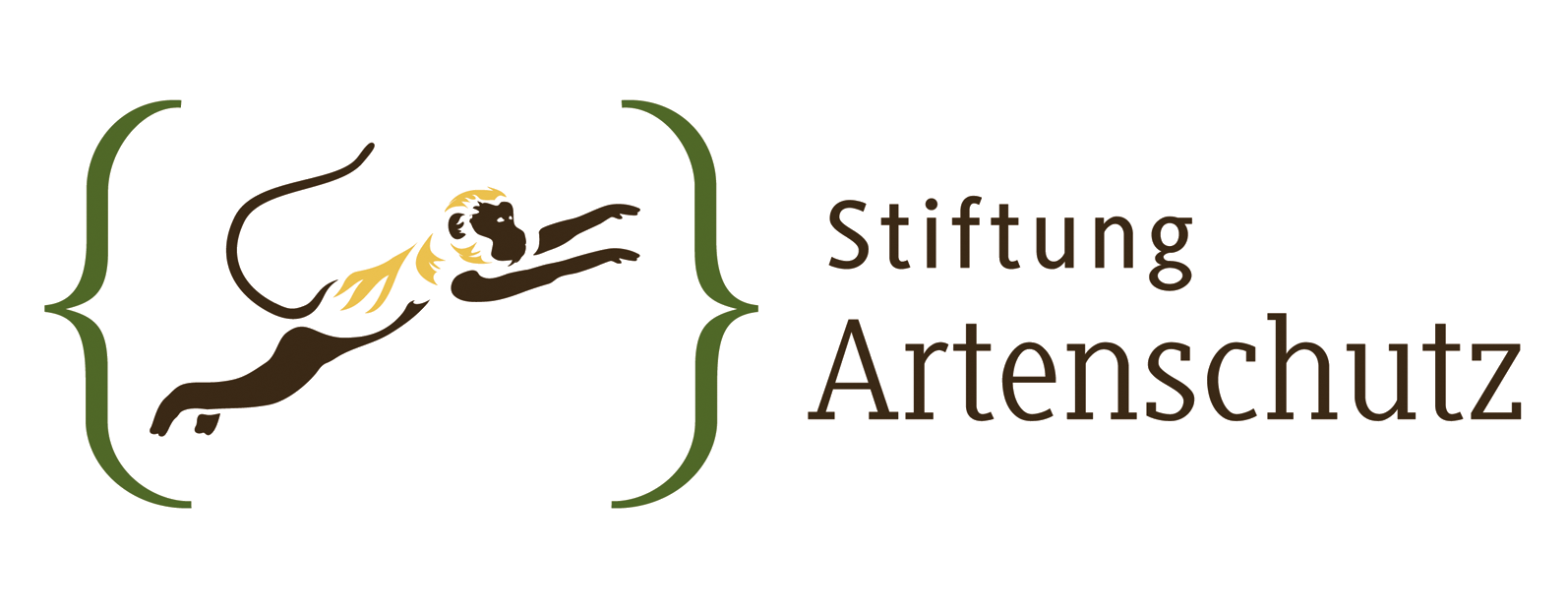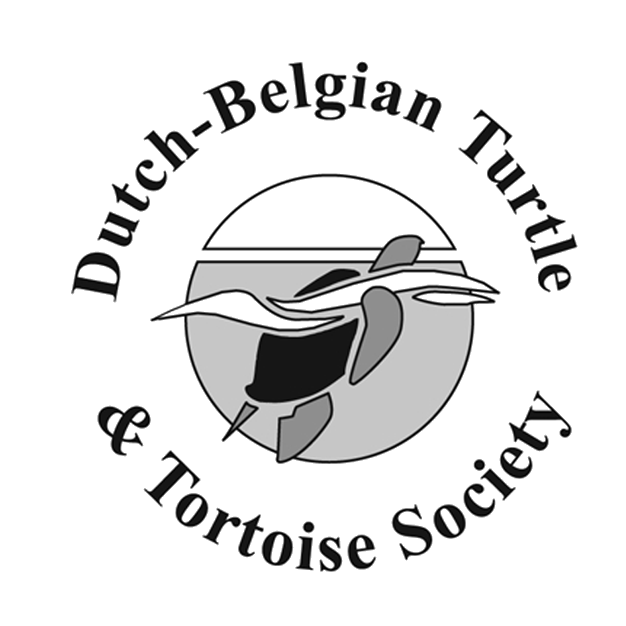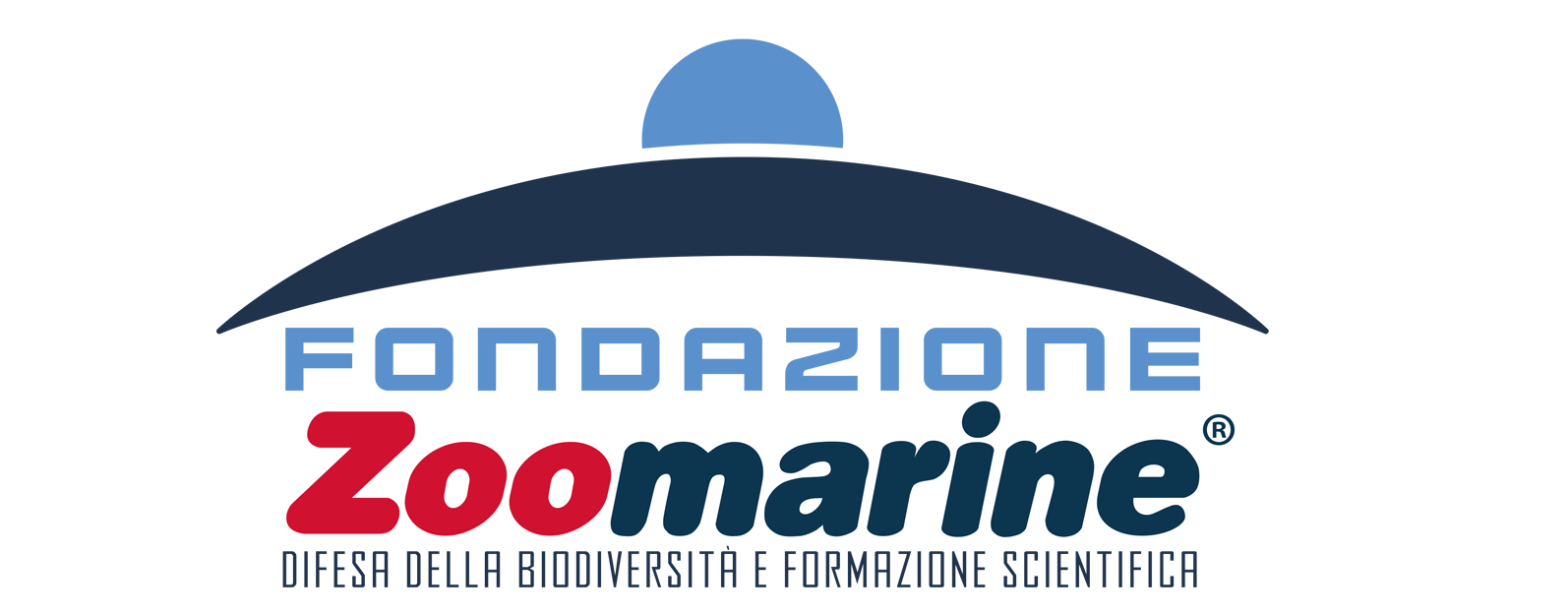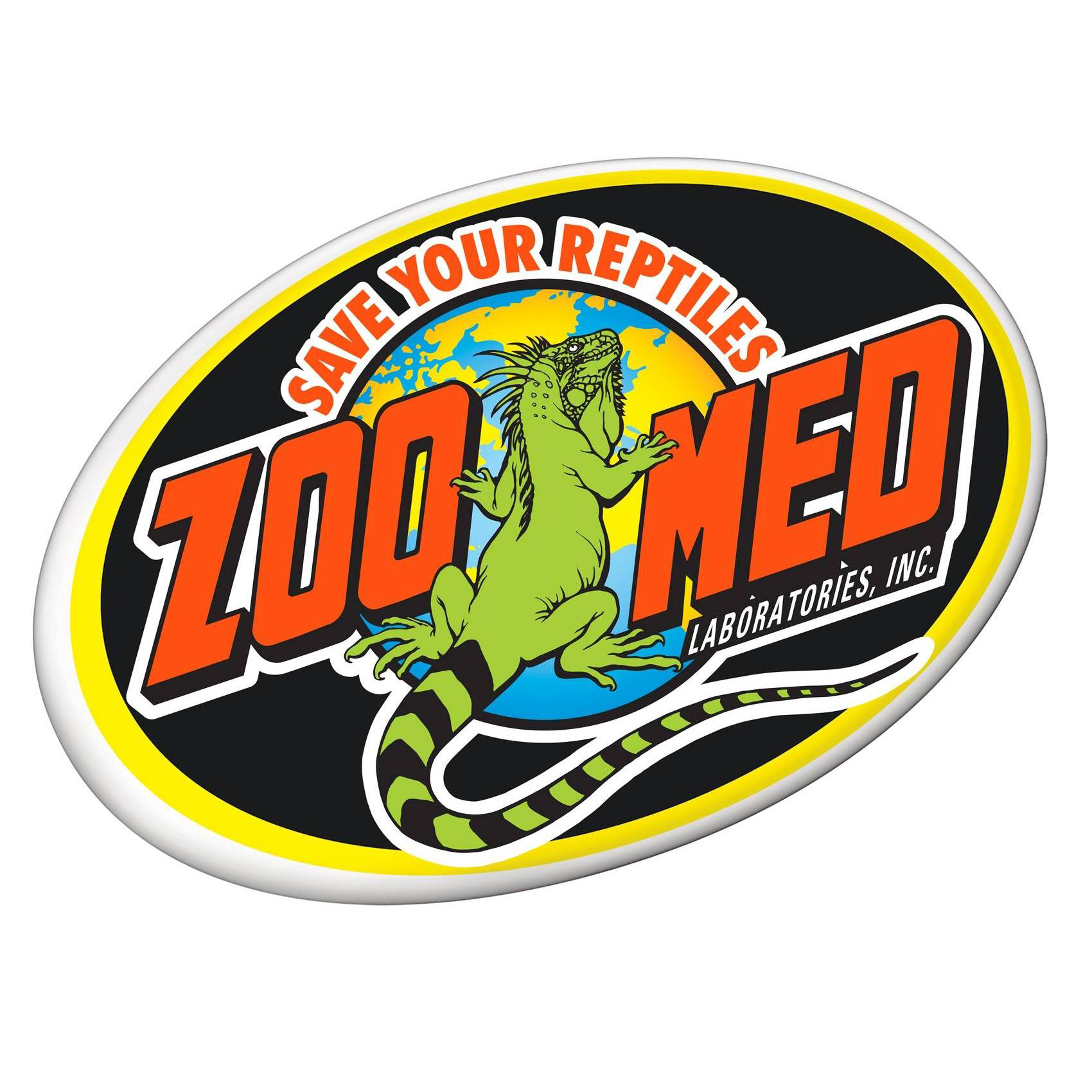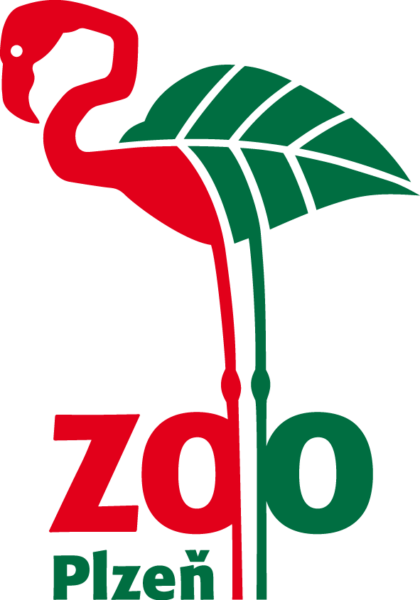THE COUNTRY
Mexico, Puerto Vallarta, Bahia de Banderas
ABOUT THE ANIMAL
Common Name: Vallarta Mud Turtle
Scientific Name: Kinosternon vogti
Described only in 2018 (Lopez-Luna et al. 2018), the Vallarta Mud Turtle is the world’s smallest turtle species. Males typically measure under 75 mm (~ 3 in.) straight carapace length (SCL), while females rarely exceed 95 mm (~ 3.7 in.). Males are distinguished by a vivid yellow spot on the top of their head which is less pronounced in females. Despite their striking appearance, this tiny species was overlooked by herpetologists for generations.
These turtles are highly aquatic for most of the year, inhabiting ponds, swamps, and slow-moving streams. They feed opportunistically on insects, fish, carrion, and plant matter. During the dry season (Feb. to June), they typically undergo 3-5 months of aestivation (a prolonged dormancy similar to hibernation), during which they are deeply buried in the soil. Females lay 1–5 eggs during the rainy season, with 20 mm (~ 0.78 in.) SCL hatchlings emerging at the onset of the next rainy season.
THREATS TO SURVIVAL
The Vallarta Mud Turtle is highly endemic to a small region in the Banderas Bay valley, where rapid urban development has devastated its habitat. The region is now a booming tourist destination filled with resorts and roads leaving only four known sites covering less than 25 hectares for the turtle’s survival.
Key threats include:
- Habitat Destruction: Over 99% of the turtle’s original wetland habitats have been lost due to urbanization.
- Road Mortality: Turtles often fall victim to traffic as they migrate between increasingly fragmented habitats.
- Illegal Pet Trade: Despite strict protections, their small size and striking appearance make them prime targets for illegal collectors.
- Climate Change: Droughts and wildfires, exacerbated by climate change, have further shrunk their already diminished habitat.
During a 2022 field survey, our team documented roadkill at a newly built road intersecting a key habitat. One of the most important swamps for this species was destroyed in late 2023.
CONSERVATION ACTION
Local Collaboration
Together with our Mexican partner, the Centro Universitario de la Costa of the University of Guadalajara (CUC), we are dedicated to preventing the imminent extinction of K. vogti in the wild.
Road Mortality Mitigation
To address roadkill, Turtle Island and CUC installed a reptile exclusion fence with pitfall traps along high-risk roads in 2023 and expanded it in 2024. These fences have already saved over 60 turtles—some of the last of their kind.
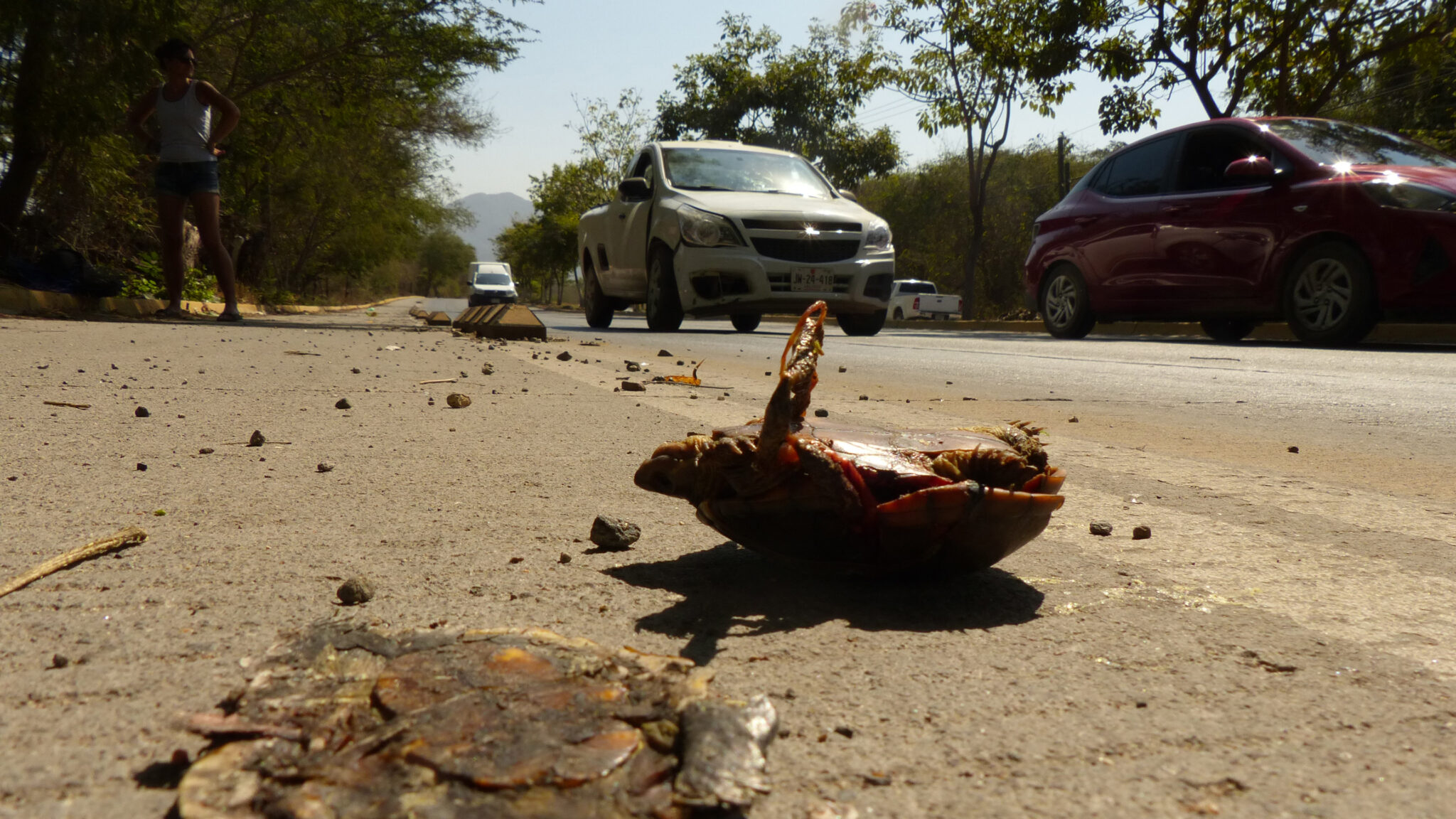
World’s First Captive Breeding of the Vallarta Mud Turtle
In Austria, we achieved the world’s first successful captive breeding of K. vogti, with three juveniles hatching in early 2023. These offspring form the foundation of an assurance colony for future reintroduction efforts.
At Turtle Island, we specialize in breeding this Critically Endangered turtle. Maintaining an assurance colony is critical in the face of habitat loss, climate change, and other human-driven threats. It provides a stable, genetically diverse population safeguarded from extinction, ensuring that the species can persist even if wild populations decline further. By protecting the species in captivity, we create the opportunity for future rewilding and ecosystem restoration in its natural range.
Conservation Center Construction and Community Outreach
In 2024, construction of the Arca de Conservación Casquito de Vallarta was completed. This was made possible by generous support from the Barbel Heiz Turtle Fund and several international zoological partners. This milestone marked a turning point in the fight to save Kinosternon vogti.
In September 2024, turtles were safely relocated to the new facility, and egg-laying began shortly after which was an encouraging sign for future breeding success. Today, the facility provides a secure, long-term refuge for Vallarta Mud Turtles, serving as a critical breeding and research hub dedicated to the species’ survival.
In parallel, we’ve launched local outreach efforts, including workshops and awareness campaigns that have already reached over 1,000 community members. Several local businesses have pledged their support, helping to foster a sense of shared responsibility for protecting this unique species.
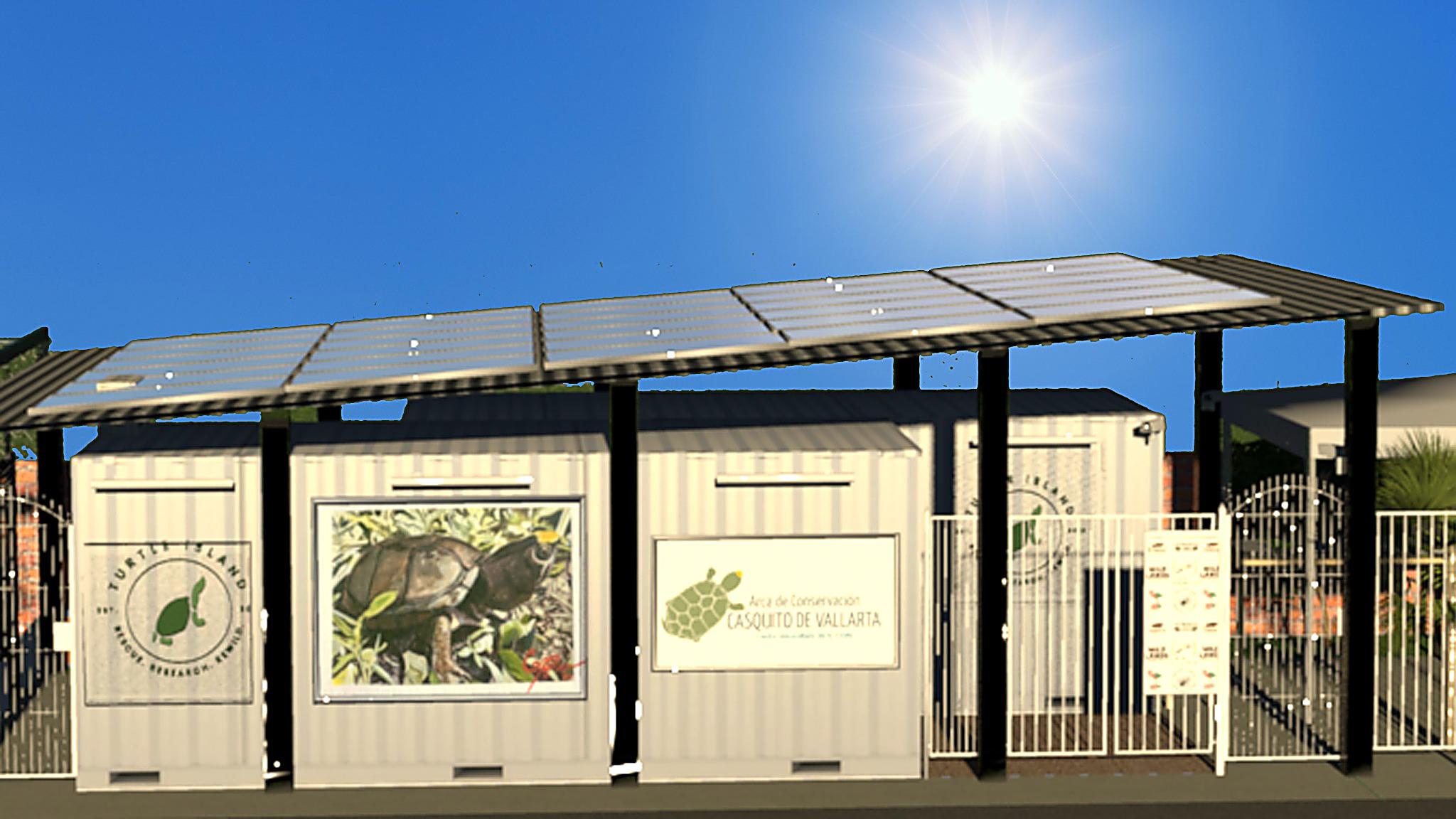
Project Highlights
- Over 60 turtles rescued from road mortality since 2023
- First-ever successful captive breeding of K. vogti in Austria (2023)
- Conservation center construction at CUC, with a capacity for 150 individuals
- Active land negotiations underway to secure and protect remaining wild habitats
- “Proyecto Casquito de Vallarta” launched to formally name and grow this conservation initiative
Devastating Setback: Theft in 2025
In January 2025, tragedy struck when Vallarta Mud Turtles were stolen from our conservation facility in Puerto Vallarta in a targeted act of wildlife theft. This devastating loss not only threatened the future of a Critically Endangered species but also highlighted the urgent need for stronger protective measures and greater global awareness of the growing threat to rare and vulnerable wildlife.
In response, we acted swiftly. The facility has since been upgraded with electric fencing, high-security locks, motion sensors, alarms, and an emergency power generator to ensure this never happens again.
Fortunately, our assurance colony at Turtle Island in Austria remains safe and secure. This population now plays an even more vital role in safeguarding the species’ future, serving as a genetic reservoir for eventual rewilding once protected habitats are secured.
FUTURE EFFORTS AND HOW YOU CAN HELP
The long-term survival of the Vallarta Mud Turtle depends on more than rescue efforts—it hinges on protecting and restoring the wetlands of western Mexico. Without secure, natural spaces for reintroduction, Kinosternon vogti may persist only in captivity—a heartbreaking outcome for a species that belongs in the wild.
To prevent this, we are working urgently to acquire and protect one of the last viable habitats, a critical step toward future rewilding. But land conservation is expensive, and we cannot do it alone.
Your support matters.
Whether through a donation or by sharing our mission, you can help safeguard the world’s smallest turtle from extinction.
